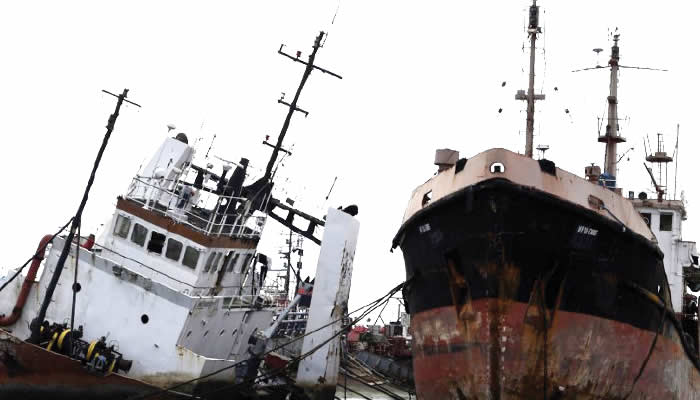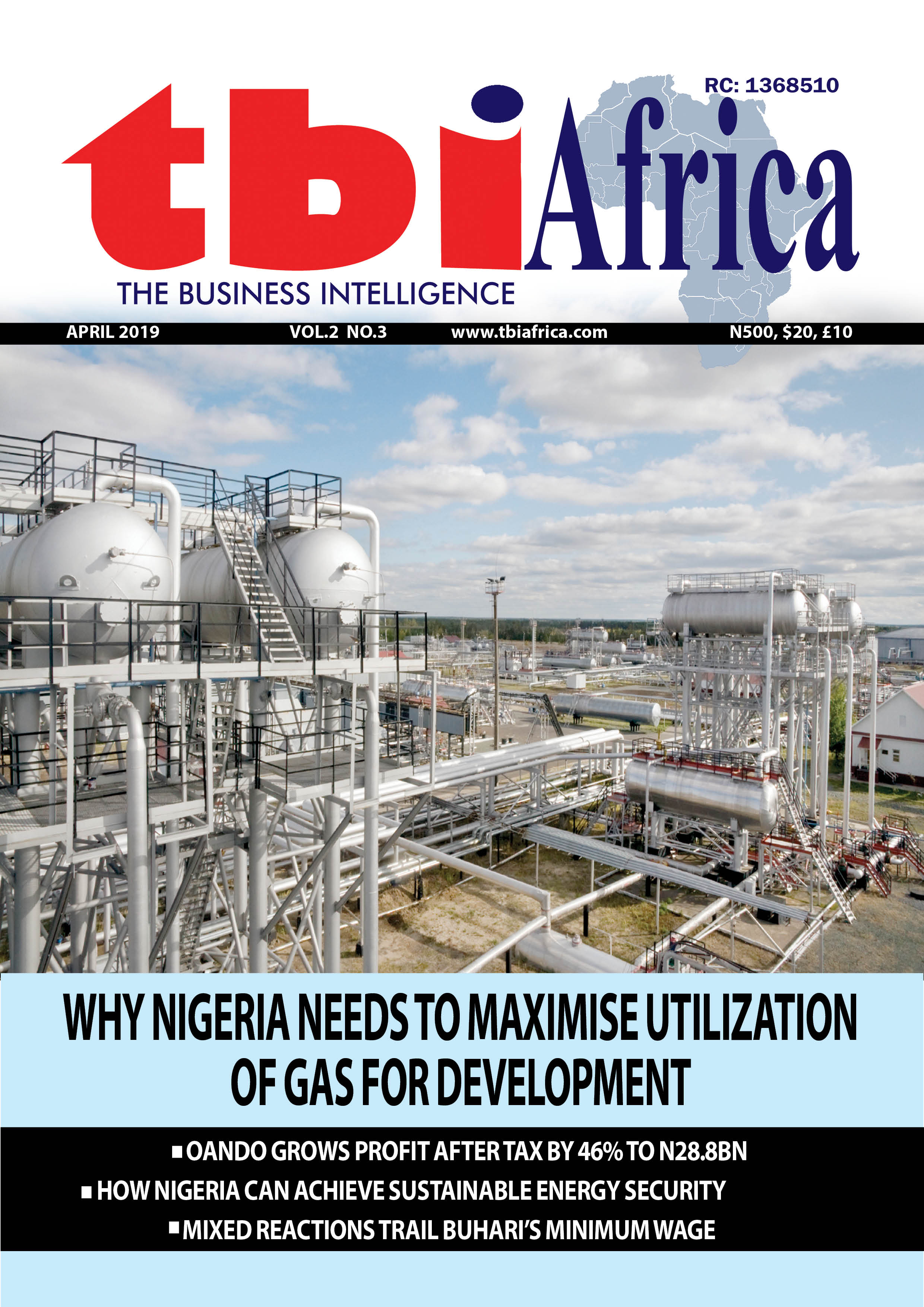Photo caption: Abandoned shipwrecks lay in Lagos’ waterways, Nigeria, on April 8, 2019. – Dozens of abandoned shipwrecks and barges in Lagos waterways, coastal waters and on the shores of its beaches have turned its 850 kilometer coastline into a marine cemetery, damaging the environment and aesthetics of the coastlines. (Photo by PIUS UTOMI EKPEI / AFP)
A report on the state of Lagos housing market has revealed that over 84 per cent of the city’s coastline has receded over the past 50 years due to a combination of unchecked coastal erosion, rising sea levels, and human activities.
According to the recent report, Lagos is grappling with climate-induced challenges, particularly coastal erosion, sea-level rise, intensified rainfall, and frequent flooding.
The report highlights that the state’s low-lying coastal geography, dense urban sprawl, and poor drainage infrastructure contribute to its climate-induced hazards.
With an average erosion rate of 2.64 meters per year, the situation is further exacerbated by projections suggesting sea levels along the Nigerian coast could rise by 0.3 meters by 2030.
Local experts predict a 3-meter rise in sea level along the state coastline, posing a significant threat to the state’s infrastructure, agriculture, and businesses due to its flat topography, which is only 5 meters above sea level.
The report also notes that rainfall across the state has become increasingly unpredictable and excessive. Major city centers, including Ikeja, Badagry, Ikorodu, Lagos Island, and Epe, are expected to be severely impacted by flooding, with flash flood events becoming more likely.
The limited drainage infrastructure in the state may be unable to cope with heavy downpours, exacerbating the risk of widespread flooding. Flooding events and related disasters have been frequent and severe in Lagos, with over 175,156 people affected by flooding incidents between 2022 and 2023, and property damages estimated at over $262,500.
The most recent severe flooding occurred in 2024 during a 10-hour rainfall event, causing widespread inundation, displacing residents, and resulting in significant damage to valuable property, particularly in Lekki, Ikoyi, and Ajah.
The report warns that climate-induced economic impacts could be devastating, with a potential GDP reduction of 6-30% by 2050. The city’s infrastructure is also threatened, with nearly 7,000 assets exposed to climate risks, and 6,500 deemed highly vulnerable, representing around $17.4 billion in value.
The tourism, leisure, and entertainment industries, accounting for an estimated 5-6 per cent of GDP, face significant threats from coastal damage and rising sea levels. The rapid population growth in Lagos, with over 24 million people, has led to unplanned urban sprawl, encroaching upon floodplains, wetlands, and grasslands, resulting in deforestation and increased surface runoffs.
Wetlands, which play a critical role in flood mitigation, have been degraded and reclaimed, severely diminishing their capacity to regulate floodwaters. As stated in the report, “The increasing urban expansion has led to the degradation and reclamation of these vital ecosystems, severely diminishing their capacity to regulate floodwaters.”
The report also highlights the critical role of pollution, particularly from solid waste, in Lagos’s flooding challenges, with the waste sector accounting for 25.3% of the state’s total emissions.



